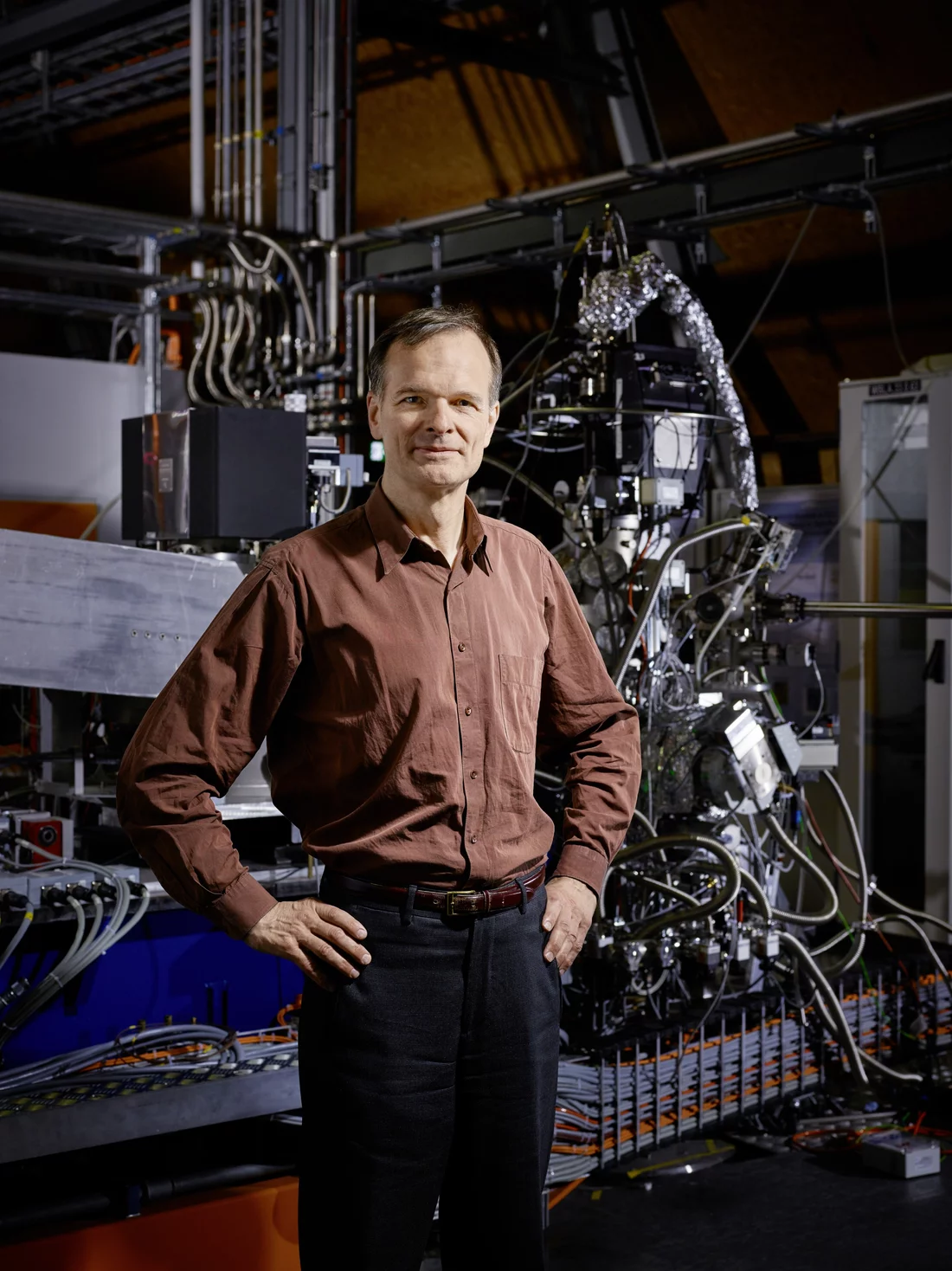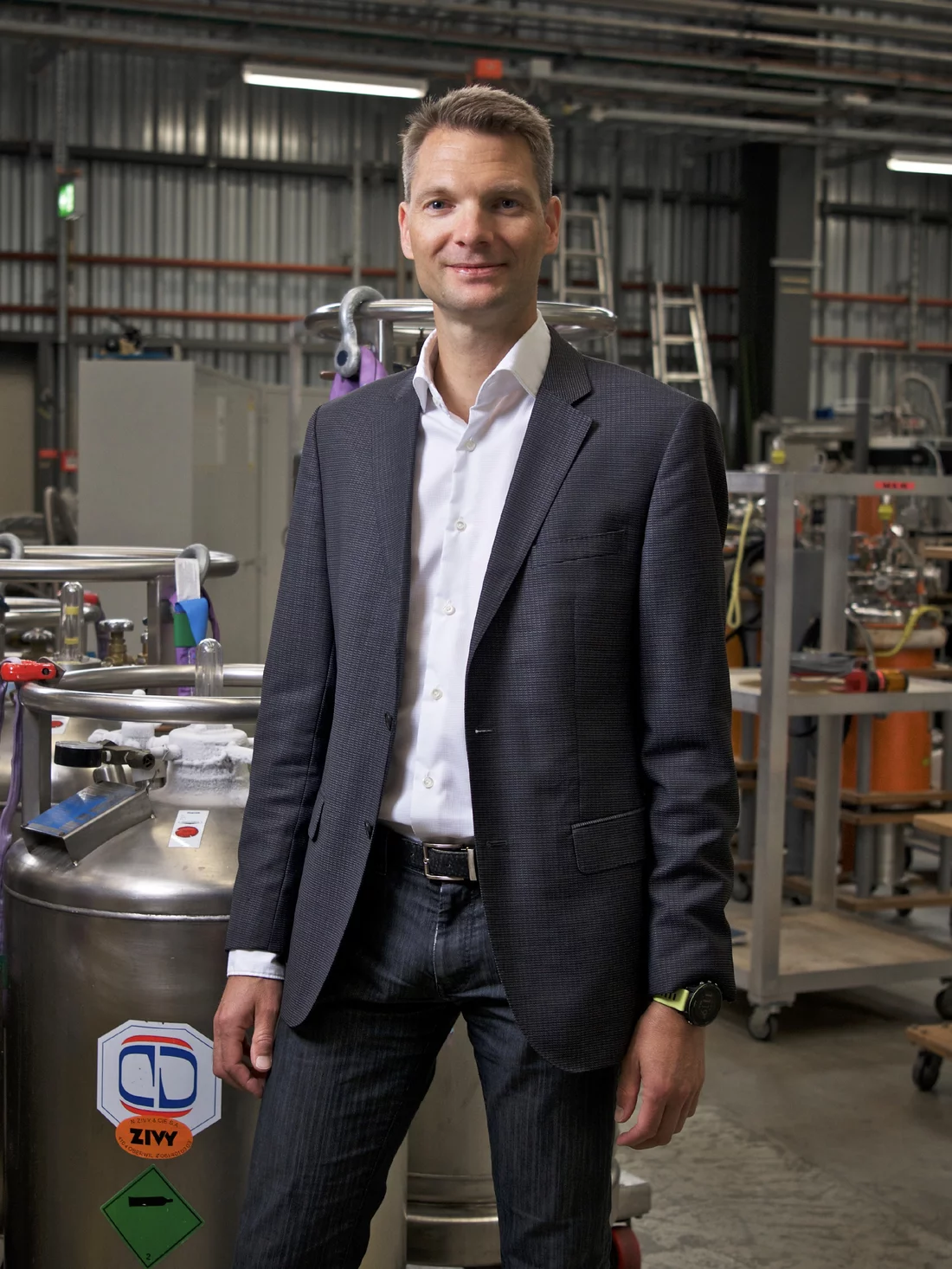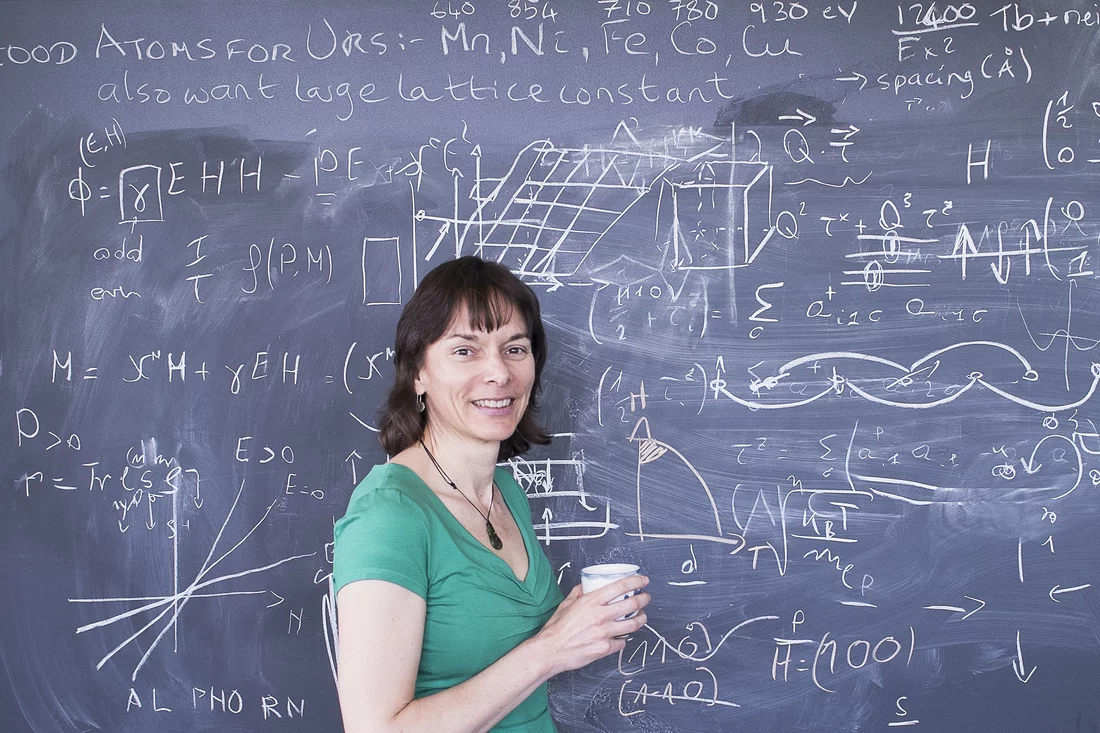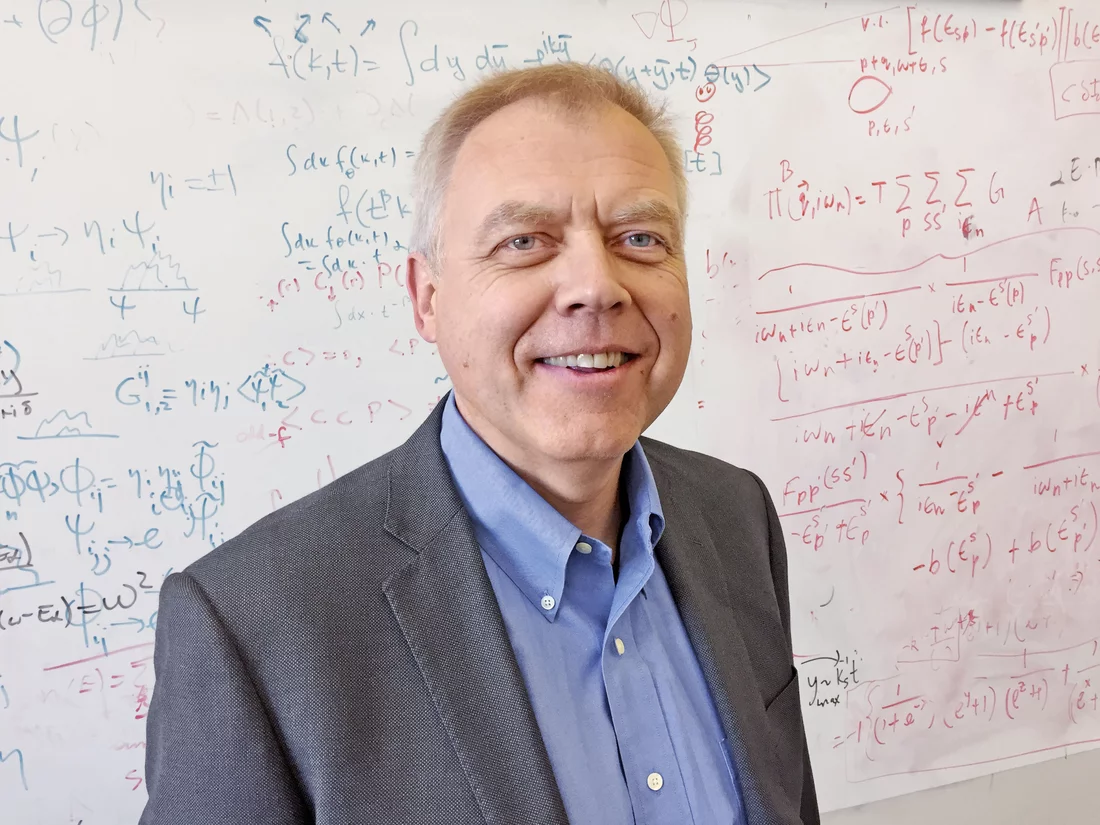Fuelling the next quantum revolution with the research project HERO
An ERC Grant is the most prestigious award for excellent European research projects. A team with three researchers from the ETH Domain had also applied for such a grant. Today, Gabriel Aeppli from the Paul Scherrer Institute PSI, Henrik Rønnow from the Swiss Federal Institute of Technology Lausanne EPFL and Nicola Spaldin from ETH Zurich, together with their colleague Alexander Balatsky from Nordita, Stockholm University, received the contract signed by the EU confirming the extraordinary 14 million euro funding. With this funding, they will join their expertise to look into the heart of materials. Using the large research facilities at PSI, they plan to uncover new quantum effects which up to now have been overlooked or could not be seen by previously employed methods. They will also design new materials with useful quantum properties. Such new properties could be of use for data processing or data storage in the future and thus become the backbone of future electronics for the benefit of our Society.
To further the understanding of quantum properties of materials, four expert scientists have been awarded a 14 million euro ERC Synergy Grant, administered by the European Research Council (ERC) of the European Union. The team consists of three scientists in Switzerland and one in Sweden: Gabriel Aeppli at PSI, Henrik Rønnow at EPFL, Nicola Spaldin at ETH Zurich and Alexander Balatsky at Nordita, Stockholm University.
Their joint research aims to uncover hidden
quantum properties in known materials, meaning properties which could not be seen by methods employed up to now. The scientists also plan to design new materials displaying specific quantum effects. Such effects could be of use for data processing, transmission and storage in the future and thus become the backbone of future electronics, which need to be faster, smaller and more energy-efficient.
It is highly relevant that we pursue this research today,
says Gabriel Aeppli, photon scientist at PSI. Today’s silicon-based information technology still relies on principles which have been discovered around 70 years ago. This puts severe limits on what is possible, particularly where speed and energy efficiency are concerned. Therefore,
Aeppli continues, we need to work on the next stage of the information revolution where we take more advantage of quantum effects.
Not being a member of the EU, Switzerland’s place in the ERC grant system is not self-evident. Currently, Switzerland is fully associated and scientists active in Switzerland are particularly successful with their applications for ERC grants.
Concerning the now awarded ERC Synergy Grant, the three scientists in Switzerland all work within the ETH domain. This gave them a notable advantage in joining their expertise, says Henrik Rønnow, neutron scientist at EPFL. The four experts teaming up now will greatly advance the field, Rønnow continues: Every time we sit together, we notice that we all come from very different angles but are often looking at the same thing. Already in the past, listening to the viewpoints of the other three has given me new ideas on how to better find the things I am searching. I am therefore very much looking forward to expanding this collaboration.
The scientists’ understanding of hidden
phenomena can be explained with an analogy: Imagine a large area composed of blue and yellow pixels,
says Nicola Spaldin, theoretical chemist and material scientist at ETH Zurich. From a distance, it looks green; but when we look more closely, we discover additional information – in this case the way that the blue and yellow are arranged to make the green colour – hidden in plain sight.
She continues that in the case of quantum phenomena, hidden properties are anything but trivial to find. This is why to uncover them we need the advanced characterization tools of the large research facilities at PSI.
The fourth scientist in the team, Alexander Balatsky at Nordita, Stockholm University, is a theoretical physicist. As for the importance of their joint research, he draws a historical line: We say that humanity has passed the stone age, the bronze age, the iron age and is currently in the silicon age. What comes next will quite certainly be the quantum age – but which quantum material will it be? At this point, we need to look at a lot of potential materials; it takes horses to have a race. And in the end, of course, we hope that one of our materials will win the race.
The researchers called their joint research project HERO which stands for Hidden, entangled and resonating orders
– all of which are important quantum properties they will look at in order to discover possible materials of the future. To achieve this, the expert scientists will use the several large research facilities at PSI for complementary investigations and exploit the computing power of the Swiss National Supercomputing Centre CSCS of the ETH Zurich in Lugano for data processing and theoretical calculations.
Text: Paul Scherrer Institute/Laura Hennemann
About PSI
The Paul Scherrer Institute PSI develops, builds and operates large, complex research facilities and makes them available to the national and international research community. The institute's own key research priorities are in the fields of matter and materials, energy and environment and human health. PSI is committed to the training of future generations. Therefore about one quarter of our staff are post-docs, post-graduates or apprentices. Altogether PSI employs 2100 people, thus being the largest research institute in Switzerland. The annual budget amounts to approximately CHF 390 million. PSI is part of the ETH Domain, with the other members being the two Swiss Federal Institutes of Technology, ETH Zurich and EPFL Lausanne, as well as Eawag (Swiss Federal Institute of Aquatic Science and Technology), Empa (Swiss Federal Laboratories for Materials Science and Technology) and WSL (Swiss Federal Institute for Forest, Snow and Landscape Research).
(Last updated in May 2018)
Additional information
ERC Synergy Grants 2018: https://erc.europa.eu/news/erc-2018-synergy-grants-resultsContact
Gabriel Aeppli can be contacted as follows:- Head of the Research Division for Photon Science, Paul Scherrer Institute, Forschungsstrasse 111, 5232 Villigen PSI, Switzerland
- Professor at the Laboratory for Photon Science, EPFL SB IPHYS LPHS, PH A2 354, Station 3, 1015 Lausanne, Switzerland
- Professor of Physics, ETH Zurich, Otto-Stern-Weg 1, 8093 Zurich, Switzerland
Henrik Rønnow, Head of the Laboratory for Quantum Magnetism, EPFL SB IPHYS LQM, PH D2 455, Station 3, 1015 Lausanne, Switzerland
Telephone: ++41 21 693 03 29, e-mail: henrik.ronnow@epfl.ch [English]
Nicola Spaldin, Professor of Materials Theory, ETH Zurich, HIT G43.3, Wolfgang-Pauli-Strasse 27, 8093 Zurich, Switzerland
Telephone: +41 44 633 37 55, e-mail: nicola.spaldin@mat.ethz.ch [English]
Alexander Balatsky, Professor at the Nordic Institute for Theoretical Physics Nordita, Roslagstullsbacken 23, SE-106 91 Stockholm, Sweden
Telephone: +46701917870, e-mail: avb@nordita.org [English]




